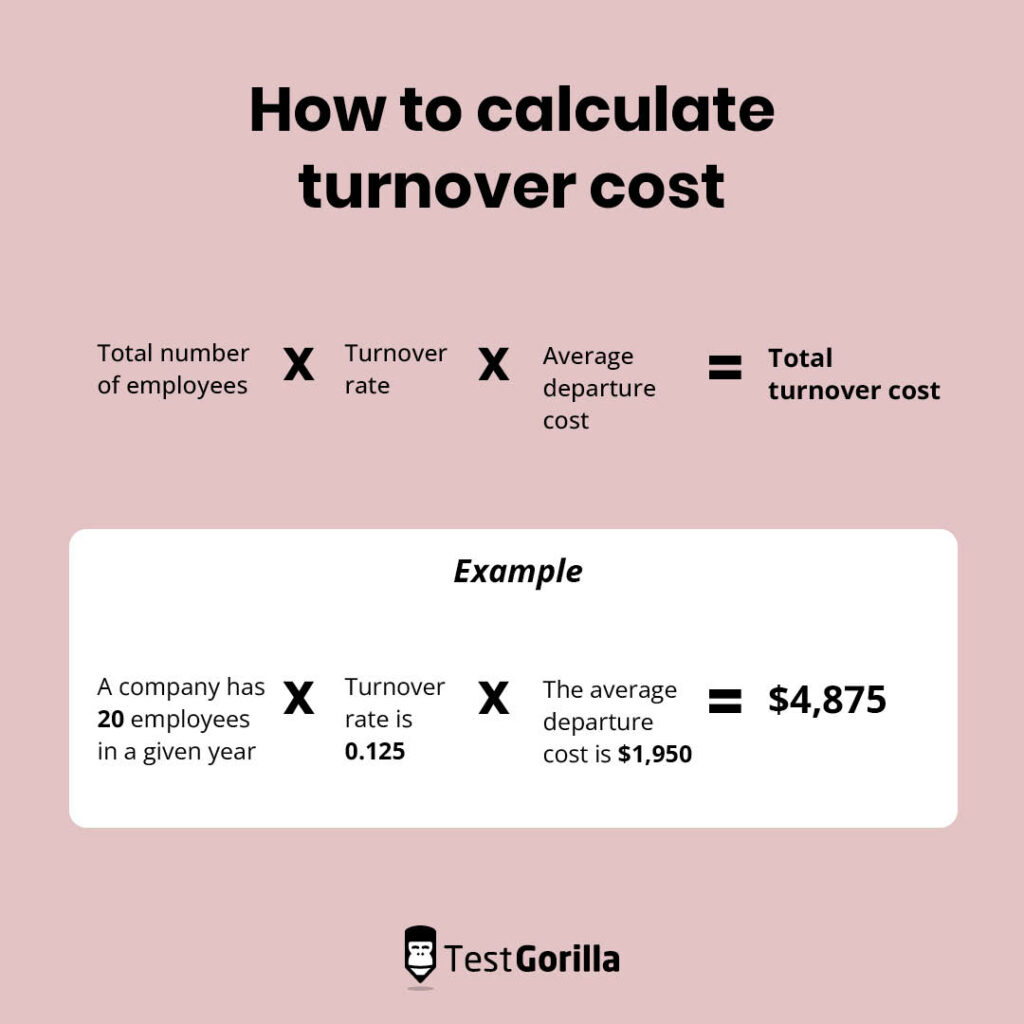Introduction

Image: www.wallstreetmojo.com
In the bustling arena of financial markets, options trading stands out as a dynamic and versatile investment strategy. Tracking the turnover of options contracts provides valuable insights into market activity, risk appetite, and investor sentiment. Understanding how options trading turnover is calculated is crucial for market participants seeking to make informed decisions and capitalize on market opportunities. This in-depth analysis delves into the intricacies of options trading turnover calculation, exploring its significance and application in the financial world.
Delving into Options Trading Turnover
Options trading involves the buying and selling of contracts that grant the holder the right, but not the obligation, to buy (call options) or sell (put options) an underlying asset at a specified price on or before a predetermined expiration date. The turnover of options contracts refers to the total volume of these contracts traded over a specific period, typically expressed in terms of the number of contracts or the dollar value thereof. High turnover indicates active trading and strong market participation, while a low turnover suggests a lack of liquidity and limited investor interest.
Importance of Options Trading Turnover Calculation
Options trading turnover calculation plays a pivotal role in various aspects of financial analysis:
-
Market Sentiment: High turnover often signifies a positive market sentiment, indicating investor confidence and willingness to take risks. Conversely, low turnover may reflect uncertainty or a lack of direction in the market.
-
Volatility Assessment: Active trading in options contracts can indicate increased market volatility. Volatility measures the magnitude of price fluctuations, and higher turnover implies that investors are pricing in potential price movements.
-
Liquidity Evaluation: Options turnover provides insight into the liquidity of the underlying asset. High turnover indicates ease of buying and selling options contracts, while low turnover suggests a potential liquidity issue, making it difficult to execute trades quickly and efficiently.
-
Trend Analysis: Tracking options trading turnover over time can help identify market trends and patterns. Rising turnover often accompanies uptrends, while declining turnover may indicate a downtrend or consolidation phase.
Methodologies for Calculating Turnover
-
Volume-Based Calculation: This method simply adds up the number of options contracts traded over a specific period. It provides a straightforward measure of market activity.
-
Notional Value-Based Calculation: This method calculates the turnover based on the notional value of the underlying assets associated with the options contracts traded. It considers both the contract volume and the underlying asset price, providing a comprehensive view of market participation.
-
Premium Turnover Calculation: This method focuses on the premium paid for options contracts. It calculates the turnover by multiplying the contract volume by the average premium price, offering insights into the overall value of options trading activity.

Image: berbagidatapenting.blogspot.com
Factors Influencing Options Trading Turnover
-
Market Conditions: Economic news, geopolitical events, and interest rate changes can significantly impact market sentiment and influence options trading turnover.
-
Underlying Asset Volatility: The volatility of the underlying asset affects the demand for options contracts. Higher volatility leads to increased trading activity, as investors seek to hedge against price fluctuations or speculate on potential movements.
-
Time to Expiration: Options contracts closer to expiration typically have higher turnover than those with longer expiration dates. This reflects the urgency of exercising or liquidating options before they expire.
-
Implied Volatility: The implied volatility of an option contract, which represents the market’s expectation of future price fluctuations, influences trading turnover. High implied volatility generally leads to more active trading.
-
Trading Strategies: The prevalence of different trading strategies, such as hedging, speculation, and arbitrage, can impact options trading turnover.
Options Trading Turnover Calculation

Image: www.testgorilla.com
Conclusion
Options trading turnover calculation is an indispensable tool for understanding market dynamics, assessing risk, and formulating informed investment decisions. By analyzing market sentiment, volatility, liquidity, and trends, investors can gain valuable insights into the financial landscape. Whether you’re a seasoned options trader or a newcomer to the market, comprehending the intricacies of turnover calculation can empower you to navigate the ever-evolving market conditions and maximize your investment potential.






